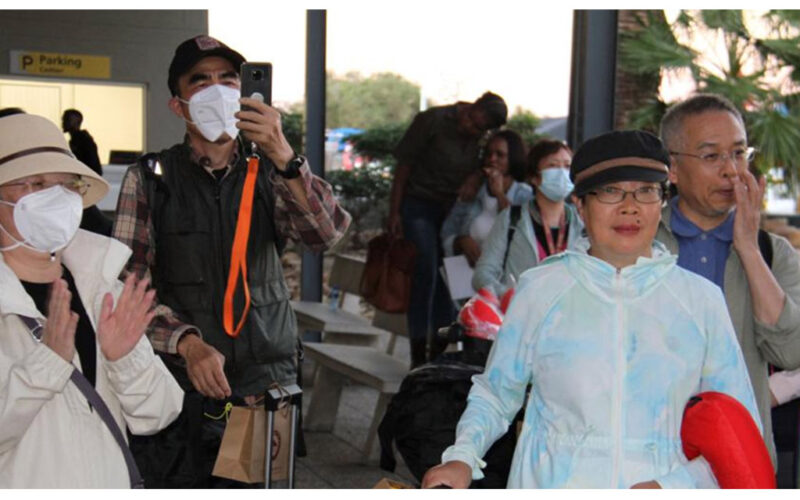The Namibia Statistics Agency (NSA) faces challenges in accurately capturing the complete value of tourism in Namibia. This is largely due to the way businesses are categorized, such as the misplacement of airport transport shuttles within the transport category instead of the tourism sector where they rightly belong.
This misclassification has led to concerns from various stakeholders who highlight the omission of the entire value chain associated with the tourism sector.
“As a result, the sector’s true economic contribution is underestimated in the national accounts. To this end, the Namibia Tourism Board is busy compiling the 6th Edition Satellite Accounts to measure the direct and indirect economic contribution of the local tourism sector,” Simonis Storm said in its July hospitality statistics report.
The report said while the tourism sector is not well known for paying high salaries on average, the sector has a very wide value chain that reaches numerous different industries and sectors and the sector also has great employment potential of both unskilled and skilled Namibians.
“Going forward, we remain positive on the local tourism sector and its recovery. Economic data shows a slowdown in business activity in Europe however more and more economists are not expecting a severe economic recession and are now punting for a soft landing. “
The report said the weak rand/euro exchange rate, we believe that affordability has improved for Europeans to visit Namibia.
However, the report said there is a sharp rise of tourists being mugged in recent months according to reports from the police service.
“This ought to be addressed by local police authorities and efficient tourist information booths to educate tourists on high-risk areas amongst other initiatives to give tourists peace of mind when visiting Namibia.”
In 2023, rental companies in Namibia recorded the highest level of vehicle purchases since June 2019. The number of arrivals at Hosea Kutako International Airport (HKIA) are close to general pre-pandemic levels, primarily driven by international and regional arrivals.
Simonis Storm said the tourism peak season of 2023 is exhibiting robust performance, with July 2023 recording an occupancy rate of 61.0%, compared to 51.0% in July 2022.
“This performance signals a continued and much needed recovery within the tourism sector. This should be positive for the third quarter 2023 GDP results, as additional tourists translate to higher general consumer spending in the country and supports accommodation and tour operator businesses as well.”




